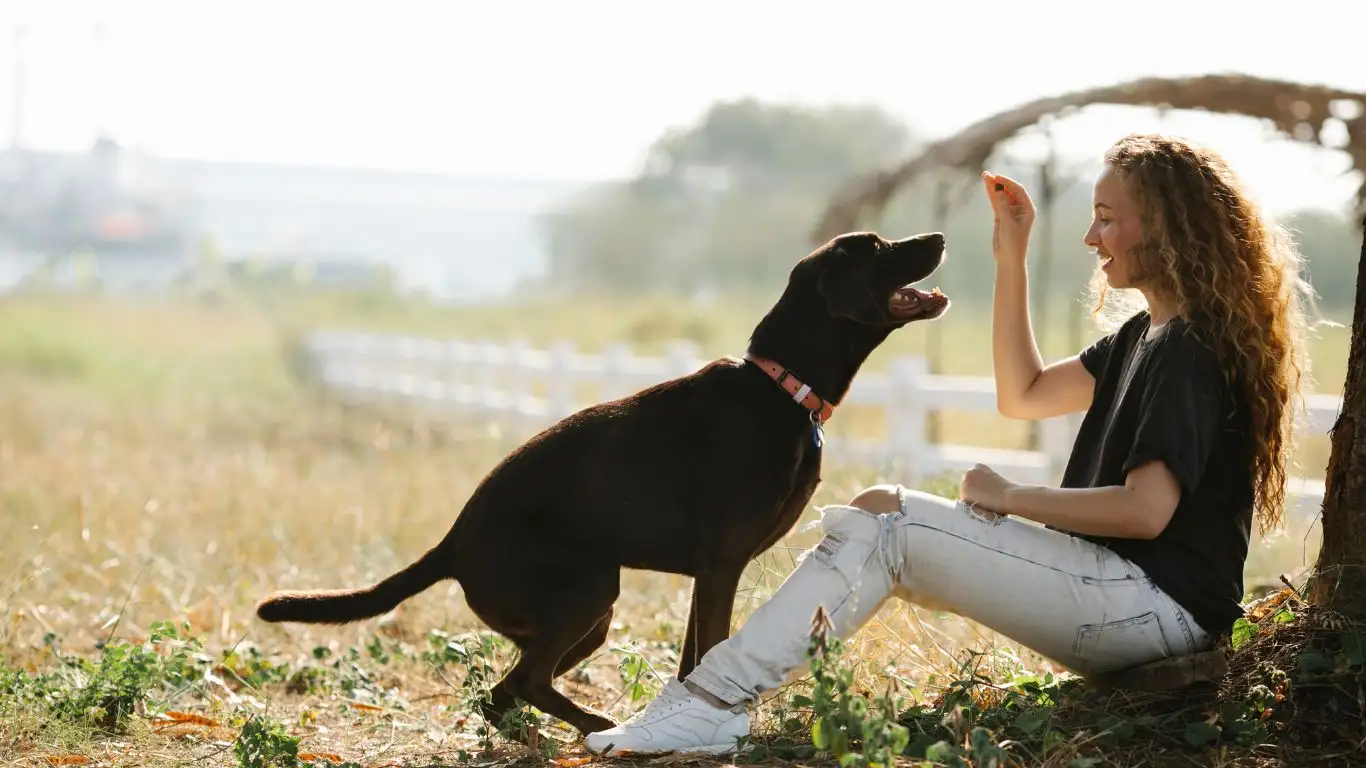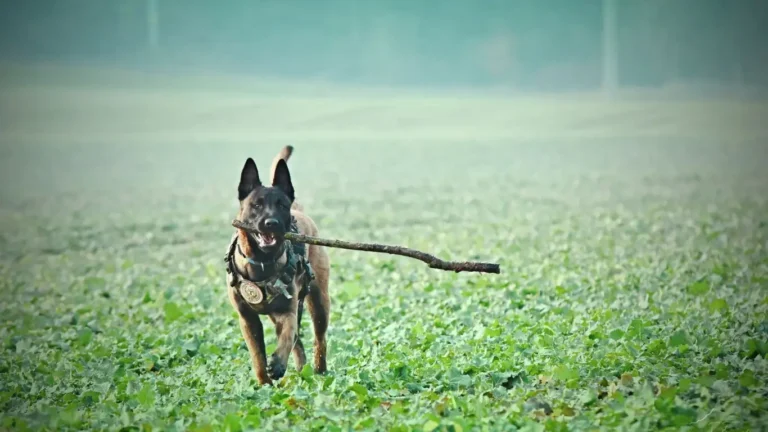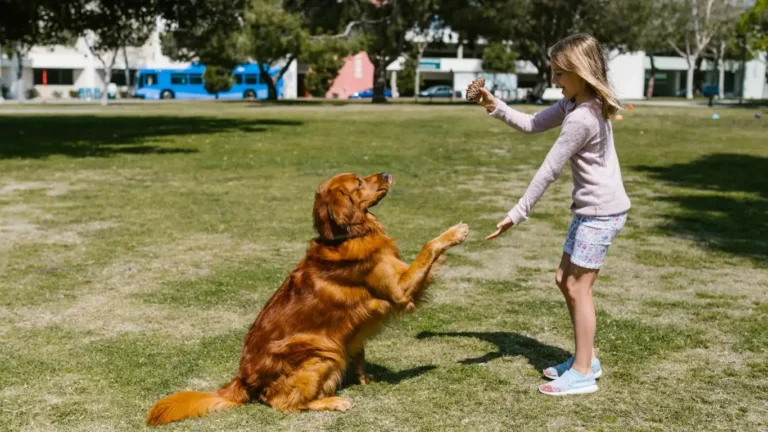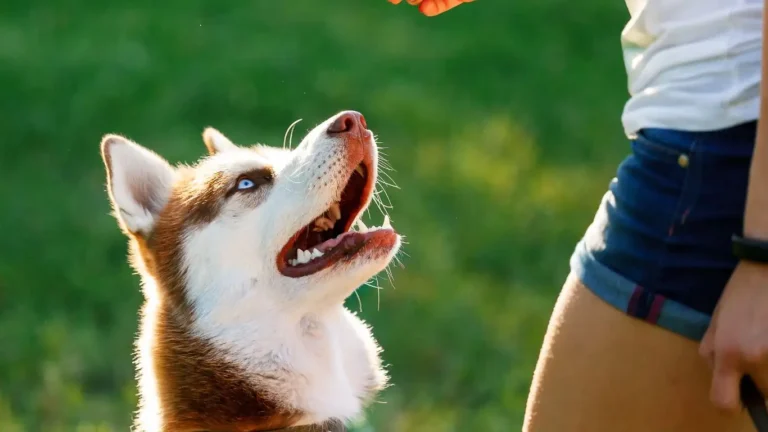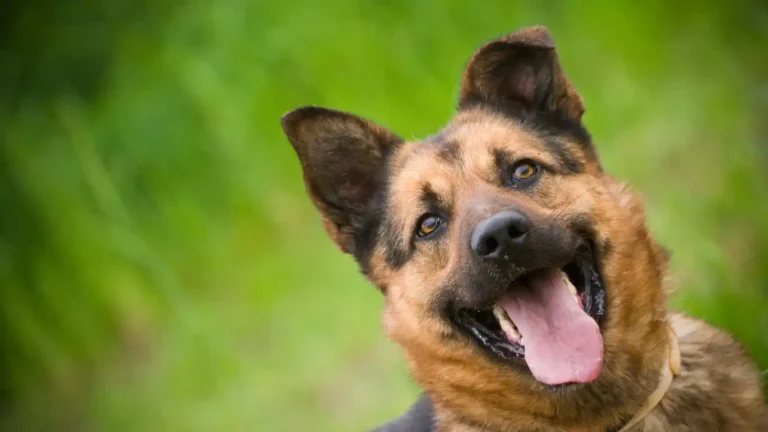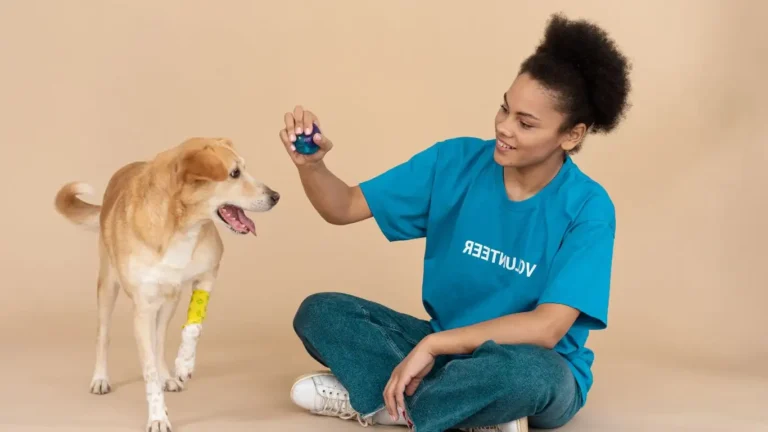Stop Your Dog from Jumping on Kids – Proven Training Tips!
If you’ve ever had a dog that gets a little too excited around kids, you know how nerve-wracking it can be. One minute, they’re wagging their tail, and the next—boom! They’re launching themselves straight at a child, paws first. It might start as innocent excitement, but it can quickly become a safety issue. So, let’s talk about how to train a dog to stop jumping on kids. As a Certified Professional Dog Trainer (CPDT-KA), I’ve worked with countless families to curb this behavior, and trust me—it’s fixable!
Why Do Dogs Jump on Kids?
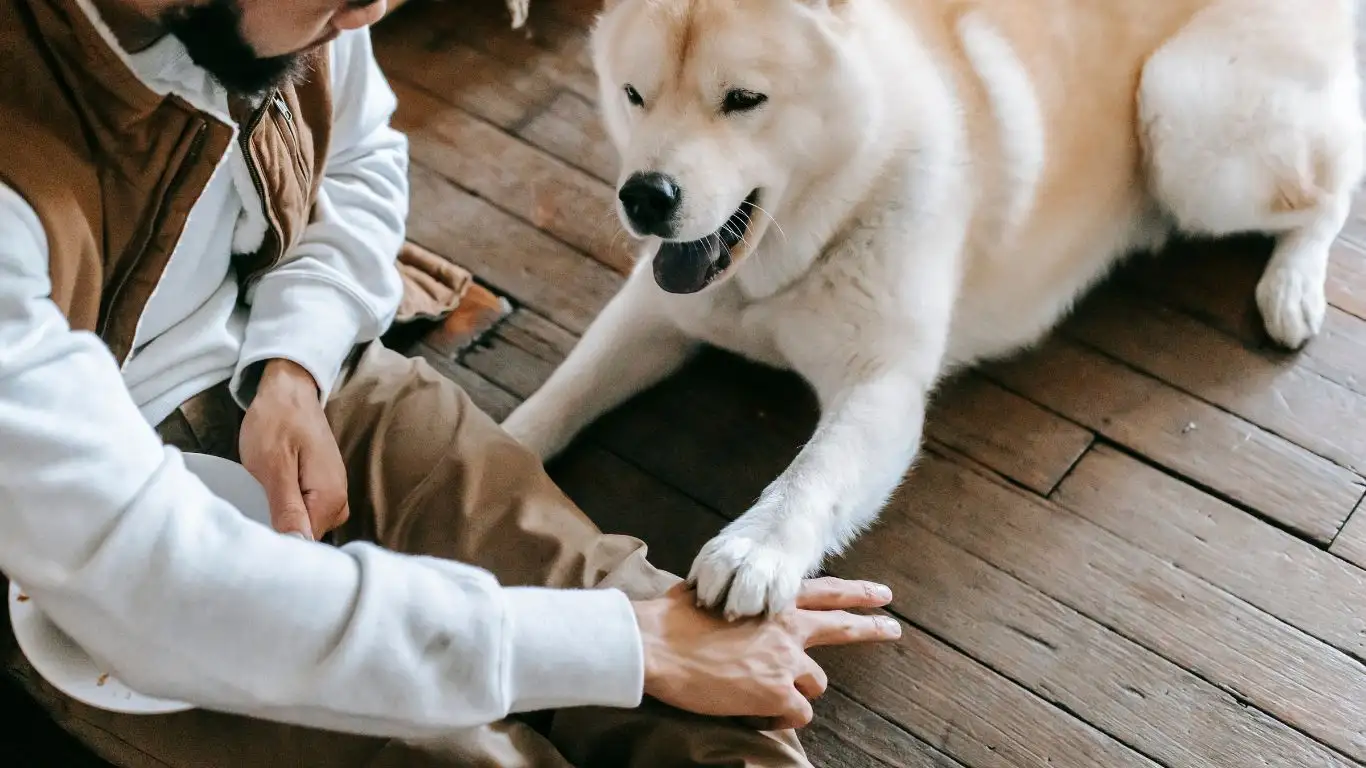
Before we jump (pun intended!) into training solutions, we need to understand why dogs do this in the first place. From my experience, there are a few key reasons:
- Excitement and Greeting: Dogs often jump to say hello because they naturally want to get closer to faces.
- Attention-Seeking: If jumping has worked to get them noticed in the past, they’ll keep doing it.
- Lack of Training: Many dogs simply haven’t been taught the right way to greet people.
- Overstimulation: Kids move fast, make unpredictable noises, and are just super exciting to dogs!
The Dangers of Jumping on Kids
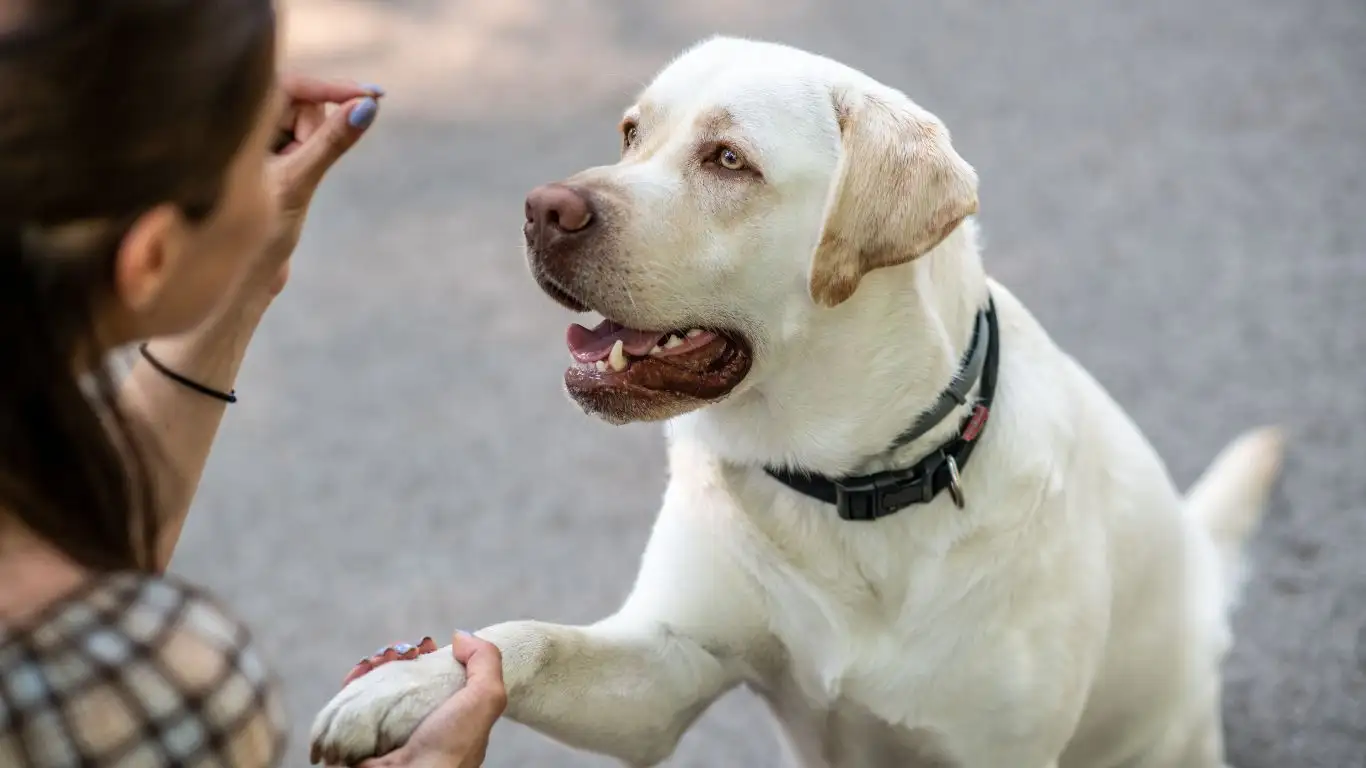
While jumping might seem harmless, especially in smaller dogs, it can cause real problems. Here’s why stopping it early is so important:
- Injury Risk: A large or even medium-sized dog can easily knock a child over.
- Fear Development: Repeated jumping can make kids afraid of dogs, which isn’t what we want!
- Reinforcing Bad Habits: If jumping gets a reaction, whether positive or negative, it reinforces the behavior.
How to Train a Dog to Stop Jumping on Kids

Now, let’s get to the good stuff—how to actually train your pup to stop launching at kids like a furry rocket. I’ve used these methods with countless clients, and they work!
1. Teach an Alternative Greeting
The best way to stop a bad habit? Replace it with a better one! Instead of jumping, teach your dog to sit when greeting people.
- Step 1: Start by having your dog sit before any greeting.
- Step 2: Reward calm behavior with praise and treats.
- Step 3: If they try to jump, ignore them completely and turn away.
- Step 4: Once they sit, reward them with attention.
Consistency is key here. Everyone in the household (and visitors) needs to follow the same rules.
2. Manage the Environment
Prevention is a huge part of training. If your dog tends to get overexcited, set up situations where they’re more likely to succeed.
- Use baby gates or leashes when introducing your dog to kids.
- Let them calm down before allowing interaction.
- Practice greetings in a controlled setting before expecting them to behave perfectly in a chaotic one.
3. Reward Calmness
One trick I always recommend to my clients is rewarding a dog for simply existing calmly. This means giving treats and praise when they’re just hanging out, relaxed. If they learn that being chill gets them good things, they’ll start offering that behavior more often.
In the next section, we’ll dive into more advanced techniques, like structured training exercises, working with high-energy dogs, and how to involve kids in the training process. Stay tuned!
Now that we’ve covered the basics of stopping your dog from jumping on kids, let’s take it a step further. Maybe you’ve been practicing the “sit before greeting” method, and it’s helping, but your dog still struggles in high-energy situations. Or maybe your pup does great at home but loses all self-control at the park. Sound familiar? Don’t worry—I’ve seen it all, and I’ve got more tricks up my sleeve!
Training Beyond the Basics: Taking It to the Next Level
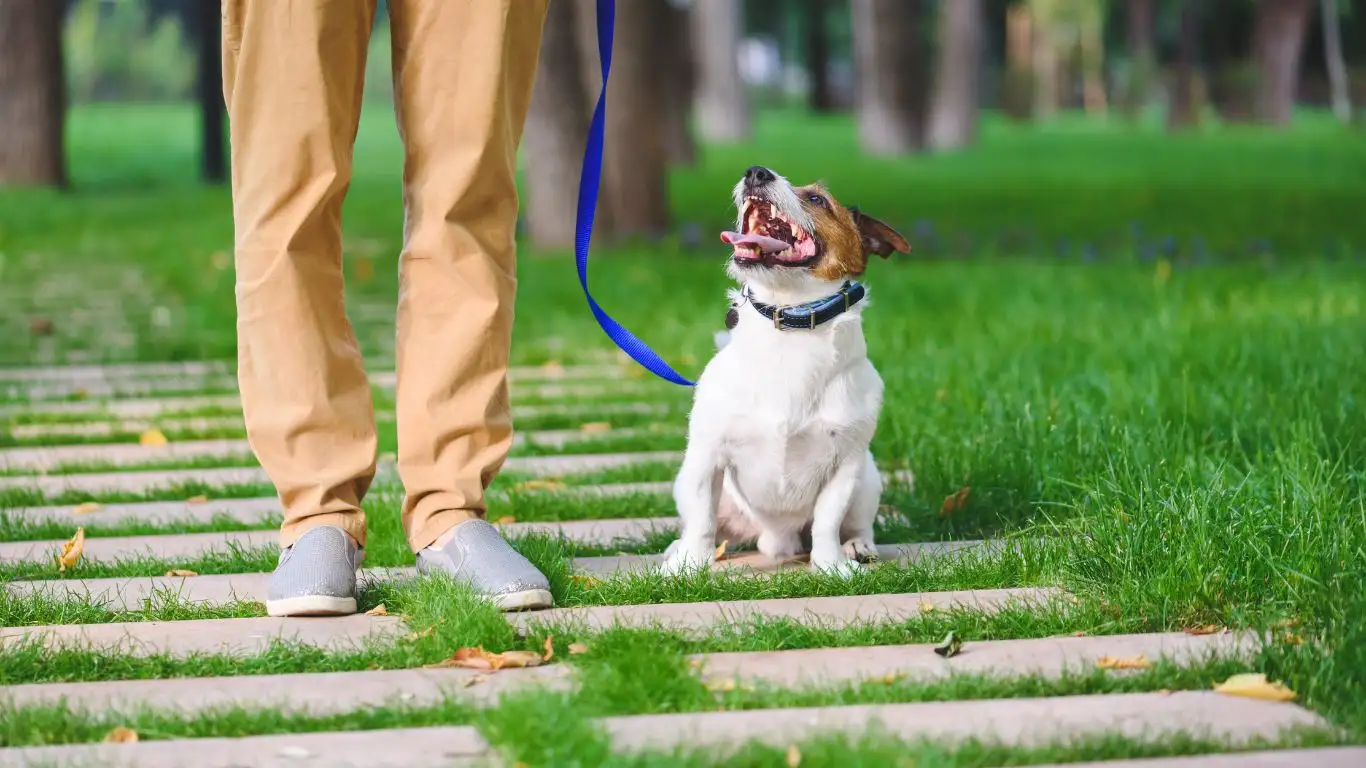
Once your dog understands the basics, it’s time to reinforce their training in real-life situations. Dogs don’t generalize well, which means just because they know not to jump in your living room doesn’t mean they’ll remember it at the playground. That’s why we need to practice in different environments.
1. Gradual Exposure to Exciting Situations
One mistake I see a lot is expecting dogs to behave perfectly in high-energy settings without proper training. Think about it—if a dog has only ever practiced polite greetings in a quiet living room, how can we expect them to succeed at a loud birthday party full of running, giggling kids?
Here’s how to gradually introduce them to distractions:
- Start small: Practice in calm environments before moving to busier places.
- Add mild distractions: Have one child walk by calmly while your dog practices sitting.
- Increase difficulty: Gradually introduce more movement and noise.
- Reward success: Always reinforce calm behavior with treats and praise.
2. Teaching an Automatic Sit
Instead of waiting for your dog to jump so you can correct them, let’s be proactive. I always teach an automatic sit, meaning the dog learns to sit automatically when they approach a person—without being told. It’s a game-changer!
- Step 1: Hold a treat at your waist and wait for your dog to sit.
- Step 2: The moment they sit, mark it with a verbal cue like “yes!” and give the treat.
- Step 3: Repeat this often, making sure they only get rewarded when they sit first.
- Step 4: Start practicing with different people so your dog generalizes the behavior.
Eventually, sitting when greeting people will become second nature.
What to Do When a Dog Still Struggles
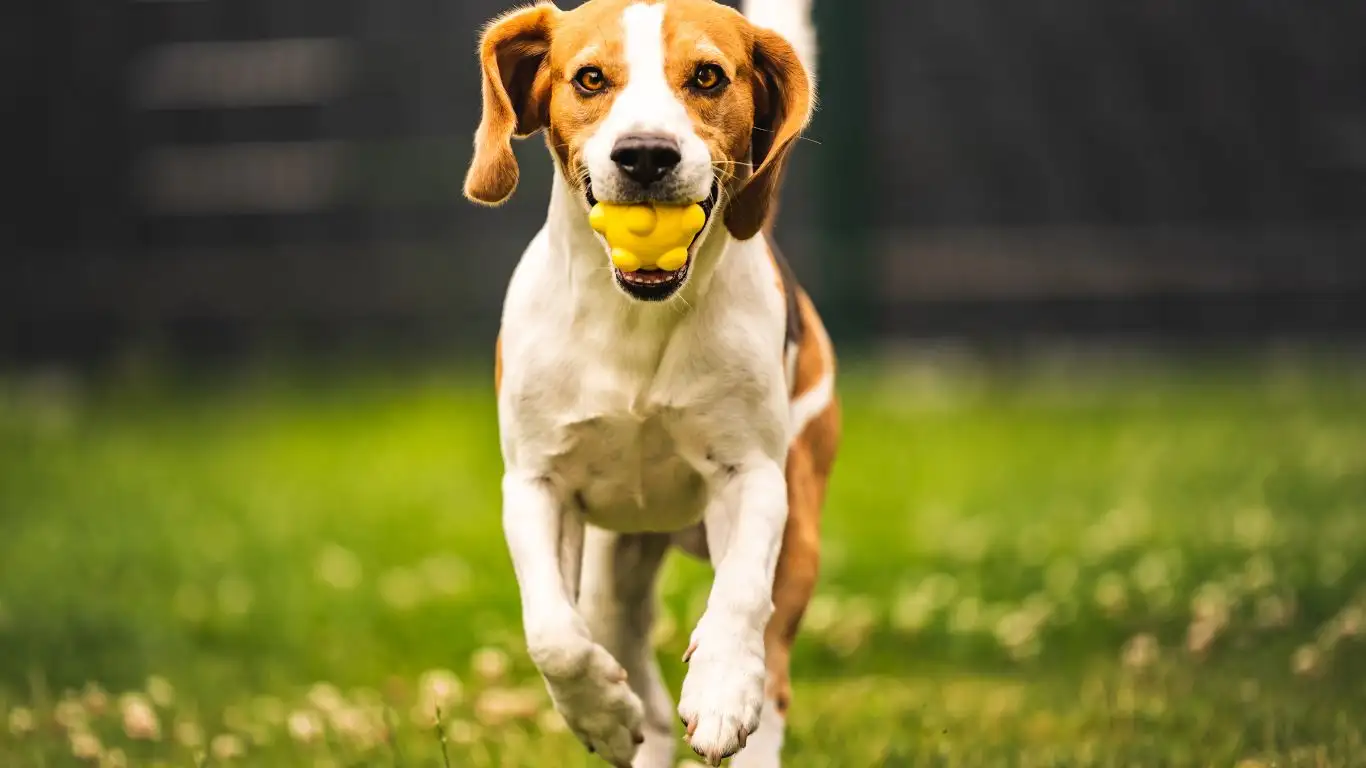
Some dogs are naturally more excitable, and that’s okay! If your pup is still struggling with jumping on kids, here are a few additional strategies:
1. Use a Leash for Control
For dogs who have a tough time controlling themselves, using a leash indoors during training can help.
- Keep the leash short so they can’t jump.
- Reward them for staying on all fours.
- Gradually give more freedom as they improve.
This method works well in situations where kids might be too excited to help with training.
2. Reward Calmness with the “Nothing” Game
Some dogs jump because they’re always looking for attention. One trick I teach clients is the “Nothing” Game. Here’s how it works:
- Sit down and ignore your dog completely—no talking, no eye contact.
- When they settle down, reward them with quiet praise or a treat.
- Repeat this often, so they learn that being calm earns rewards.
This teaches dogs that they don’t have to jump to get noticed!
3. Redirect Excitement Into a Toy
Some dogs need an outlet for their energy, so I like to have a designated “greeting toy.” Whenever they get too excited, they grab the toy instead of jumping.
- Keep a special toy near the door.
- Encourage your dog to grab it when someone enters.
- Praise them for holding the toy instead of jumping.
Involving Kids in the Training Process
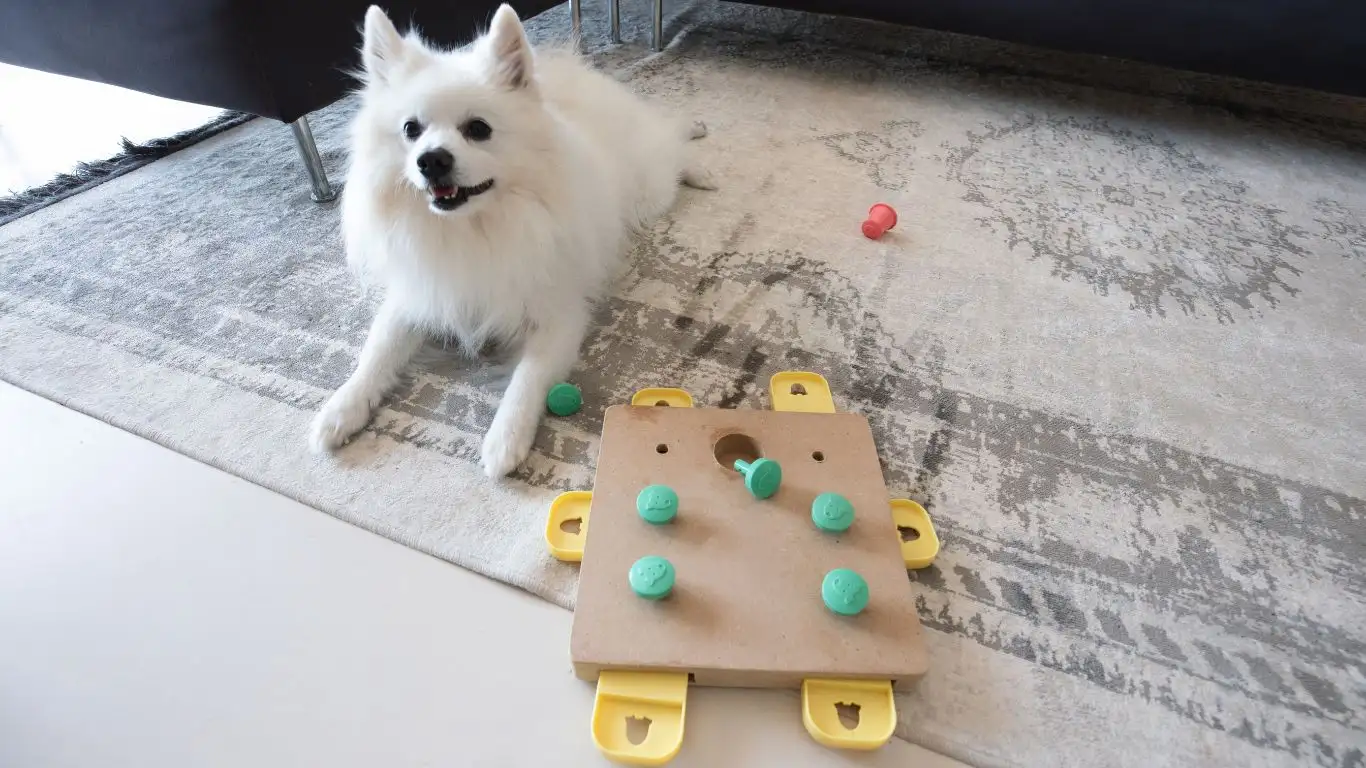
Kids can play a huge role in training, but they need guidance. I always remind parents that dogs don’t automatically know how to behave around children—it’s up to us to teach them.
1. Teach Kids How to Interact with Dogs
It’s important that kids learn the right way to greet a dog. Here are a few ground rules I always suggest:
- No running toward or away from the dog.
- Stand still like a “tree” if the dog gets too excited.
- Use a calm voice instead of squealing.
- Only pet the dog when all four paws are on the ground.
2. Let Kids Help with Training
When supervised, kids can be great training partners! Give them small jobs, like:
- Holding treats for rewarding calm behavior.
- Asking the dog to sit before giving attention.
- Helping with structured greetings.
This makes training more fun for everyone!
We’re making great progress! Next, we’ll cover even more advanced training techniques, like impulse control exercises and troubleshooting common setbacks.
By now, you’ve put in the work—teaching your dog alternative greetings, reinforcing calm behavior, and even getting the kids involved in training. But what if your pup still has moments where they just can’t resist jumping? That’s completely normal! Training is a journey, not a quick fix. In this final section, we’ll tackle some advanced techniques, impulse control exercises, and common troubleshooting tips to make sure your hard work sticks.
Mastering Impulse Control: The Key to Long-Term Success
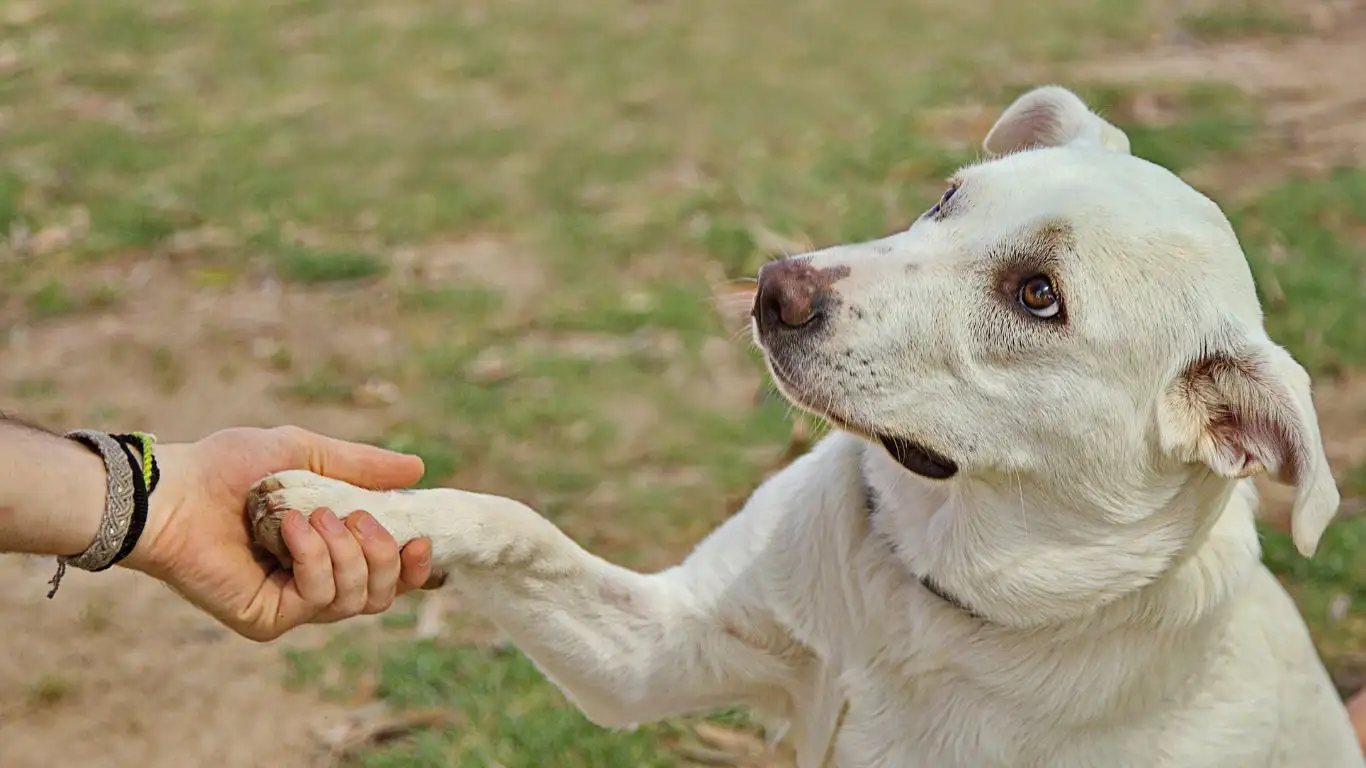
One of the biggest reasons dogs jump is simply because they lack impulse control. They see a child, get excited, and before they can think—boom, they’re airborne. Teaching self-control is a game-changer, and trust me, I’ve seen it work wonders even for the most excitable pups.
1. The “Wait” Command
This is one of my favorite exercises for teaching dogs patience. It works like this:
- Hold a treat in your hand and let your dog see it.
- Say “wait” and slowly open your hand.
- If they try to grab it, close your hand and try again.
- Once they pause, say “yes!” and give the treat.
Over time, you can use “wait” in different situations—like before greetings, before going outside, or even before meal times. This helps your dog learn that patience pays off.
2. The “Place” Command
Teaching your dog to go to a specific spot (like a dog bed) when guests arrive can prevent jumping altogether.
- Start by leading your dog to their designated spot.
- Say “place” and reward them for staying.
- Gradually increase the time before rewarding.
- Practice with distractions, like someone knocking on the door.
With enough practice, your dog will learn to run to their “place” instead of running to jump on guests.
Troubleshooting: What If My Dog Still Jumps?
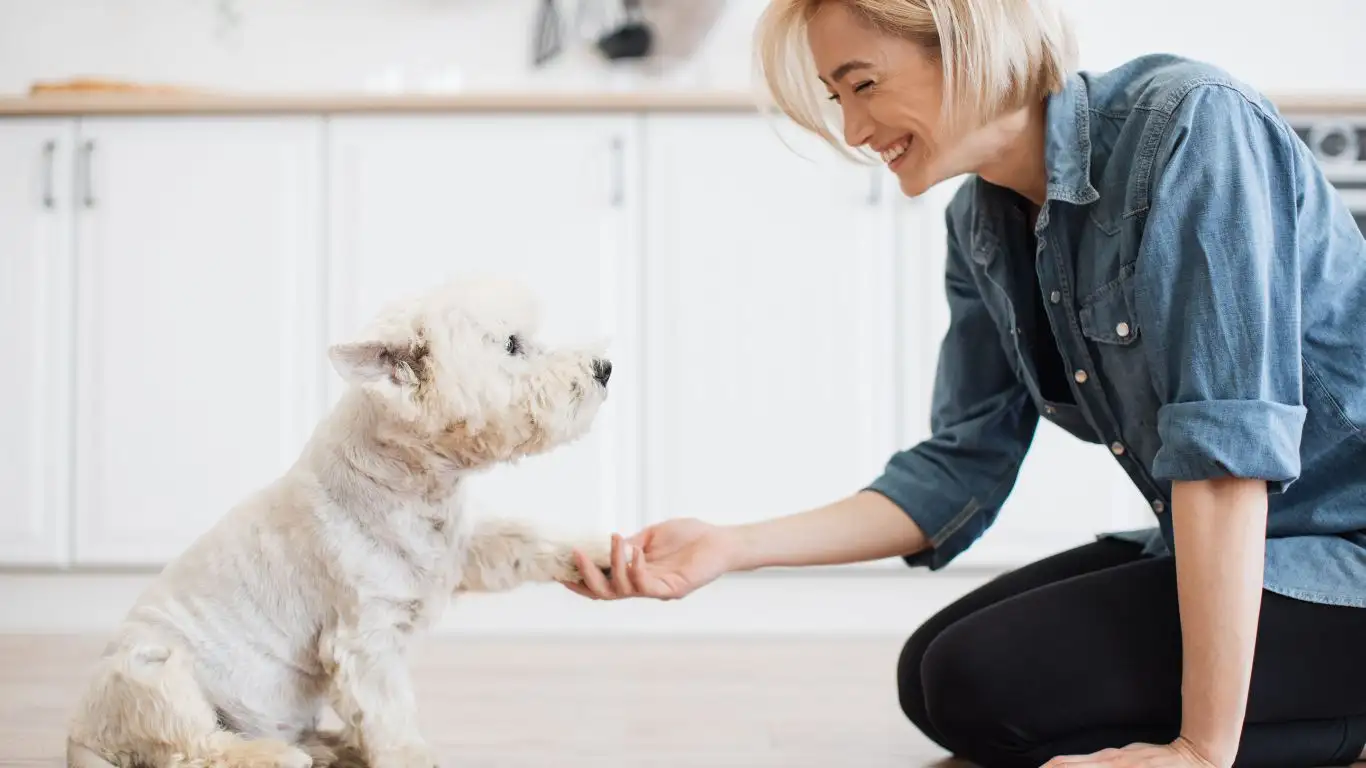
Some dogs are naturally more excitable, and that’s okay! If your pup still struggles, here are some common setbacks and how to fix them.
1. The Dog Only Jumps on Certain People
Does your dog behave perfectly with you but jump on other family members or visitors? That’s because dogs are great at learning specific patterns but struggle with generalizing behavior.
Solution: Have multiple people practice greetings with your dog. The more consistency, the better.
2. Jumping Only Happens in Certain Situations
Maybe your dog is fine at home but loses all training when they see kids at the park. This is common!
Solution: Go back to basics in new environments. Use a leash to prevent jumping and reward calm behavior.
3. My Dog Just Gets TOO Excited
Some dogs struggle with over-excitement no matter what. If that’s your pup, focus on regular exercise and mental stimulation.
- Play brain games like puzzle feeders.
- Incorporate scent work to engage their mind.
- Ensure they’re getting enough physical exercise.
A tired dog is a well-behaved dog!
Final Thoughts: Consistency is Key
Training a dog to stop jumping on kids takes time, but with patience, consistency, and positive reinforcement, you’ll see progress. Celebrate small wins and remember—every training session, even the frustrating ones, is a step in the right direction.
References
Disclaimer
The information in this article is for educational purposes only and should not replace professional training advice. If your dog exhibits extreme jumping behavior or aggression, consult a certified trainer or behaviorist.
